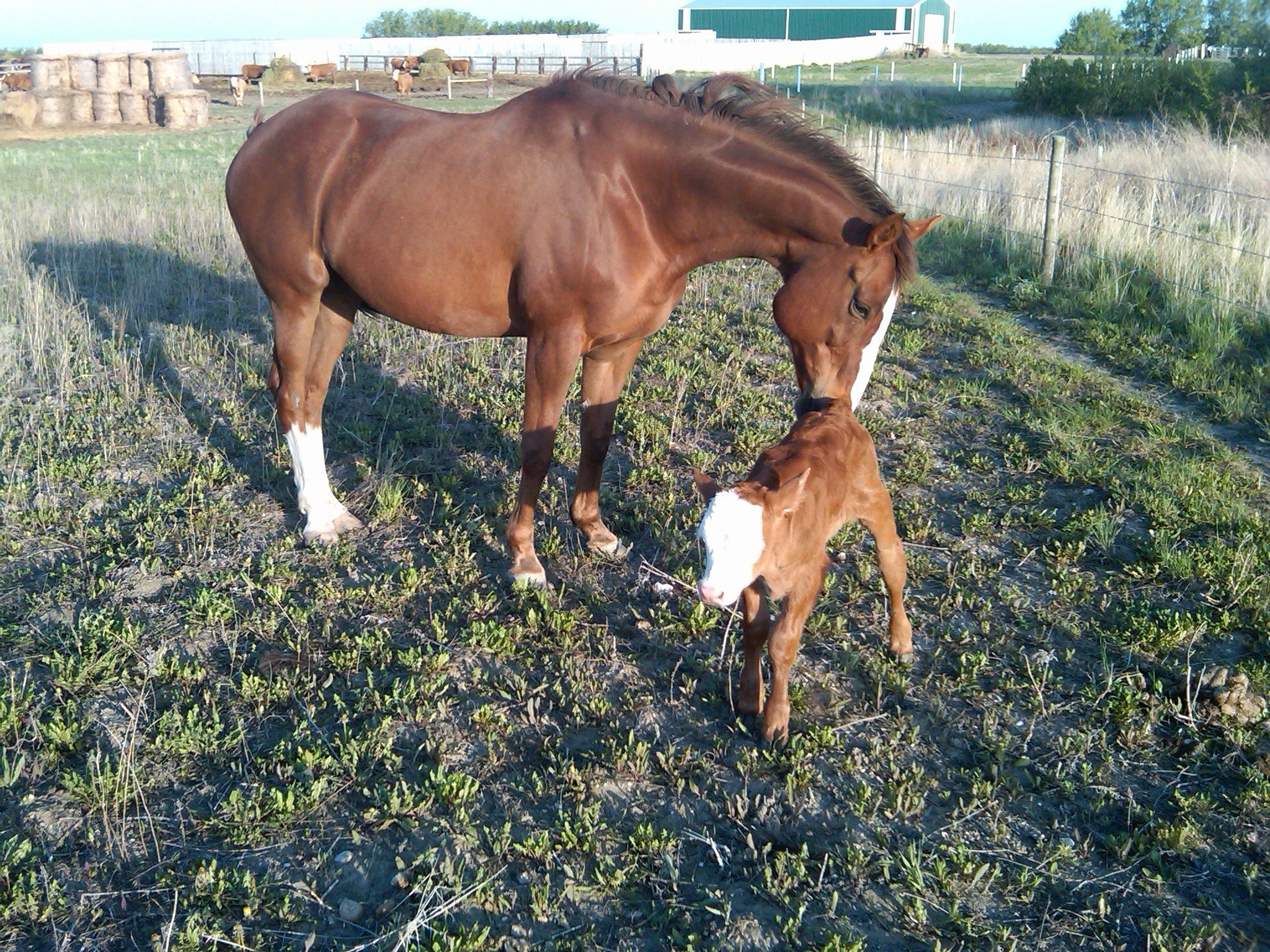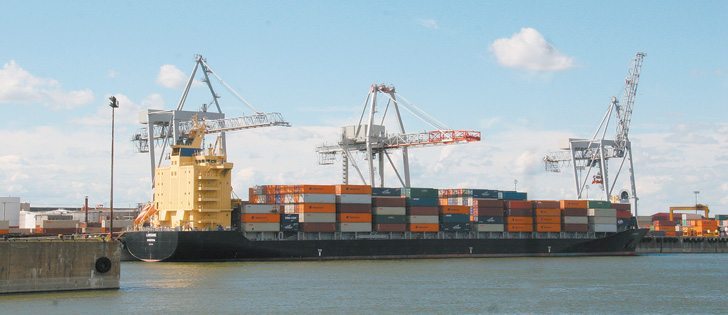The Canadian Transportation Agency recently announced that prairie grain farmers will pay 9.5 percent more to ship their grain.
Based on the 2011 total freight bill under the revenue cap of $952 million, a 9.5 percent increase means another $90 million straight out of the pockets of prairie farmers. It means another $2.92 per tonne in freight, or about $3 per seeded acre.
Most of the increase has little to do with the actual costs of hauling grain. In fact, the price index for the actual costs of hauling grain went up by only 1.6 percent.
Read Also

Higher farmland taxes for investors could solve two problems
The highest education and health care land tax would be for landlords, including investment companies, with no family ties to the land.
The remainder, 7.9 percent, is a result of two accounting methodology changes to how CTA calculates the railways’ corporate costs.
According to the CTA website, one of the changes is based on recommendations from the railways on calculating the cost of the equity component of the cost of capital.
“Cost of capital is defined as an estimate of the total return on net investment that is required by shareholders and debt holders so that debt costs can be paid and equity investors can be provided with an adequate return on investment consistent with the risks assumed for the period under consideration,” the CTA said.
The change to the CTA’s cost of equity calculation has been done to ensure that Canadian National Railway and Canadian Pacific Railway shareholders are provided an adequate return on investment.
The Agricultural Producers Association of Saskatchewan has learned that major investment firms in Western Canada have been advising their clients to invest in CN and CPR. When we asked why, the answer was simple: “barrier to entry.”
In other words, the railways have a duopoly. They have a captive market in grain and face no meaningful competition.
Thus, there is little risk investing in CN and CPR, as the trend in their share values and dividend payments attest.
CN’s share price rose 400 percent from Jan. 1, 2003, to May 1, 2012, while CPR’s share price has increased nearly 250 percent.
CN dividends increased 388 percent from 2001 to 2012, while CPR dividends increased 275 percent.
The revenue cap for grain has never prevented the railways from meeting their cost of equity.
The other accounting change is the way the CTA determines how much the railways receive to cover their pensions. Grain farmers will now pay more for funding CN and CPR pension plans.
This is not because of more employees. CN employed about the same number in 2011 as it did in 2002.
However, the cost to cover pensions to senior management may have gone up.
For example, the chief executive officer of CPR is entitled to a pension at age 65 of $1.122 million.
Is it really true that CN and CPR need more money from farmers to fund their pension plans? Net income after taxes for CN and CP combined in 2011 was $3.027 billion. The net income after tax for two railways was at least 25 percent higher than the net income before tax for all prairie grain farmers combined in 2011, which was a record year for farm net in-come.
Who is taking care of grain farmers’ cost of equity or their pensions?
Not only has the freight bill been too high for years under the revenue cap, grain farmers are now being asked to pay $3 per tonne more. As APAS continues to call for a full costing review, the need grows.
Farmers could understand a 1.6 percent increase in the revenue cap based on a rising price index for actual costs.
But an extra 7.9 percent to increase railway profits by another $75 million so that shareholders are happy and $1 million CEO pensions are safe is another matter.
Faller is the policy manager for the Agricultural Producers Association of Saskatchewan.














